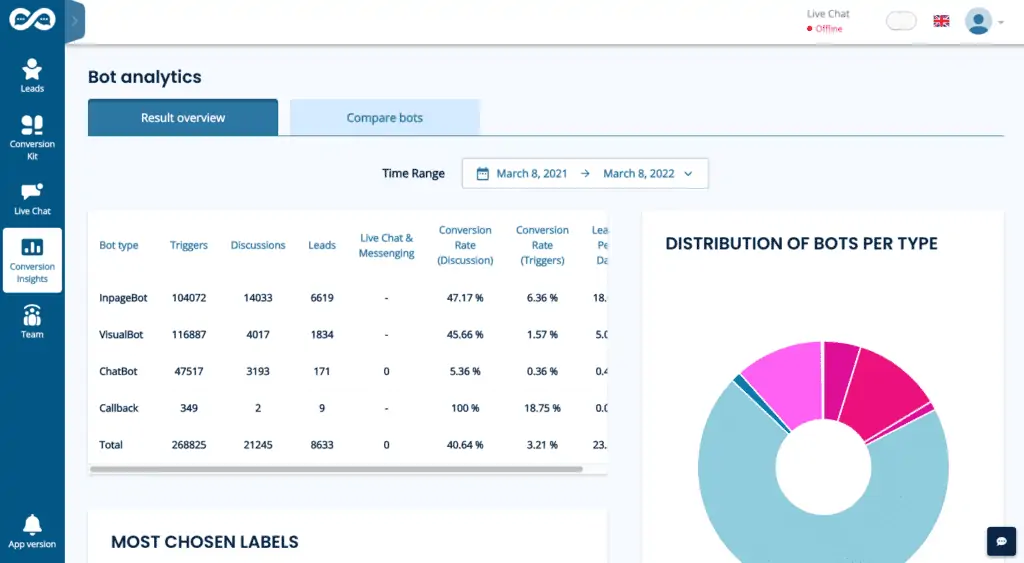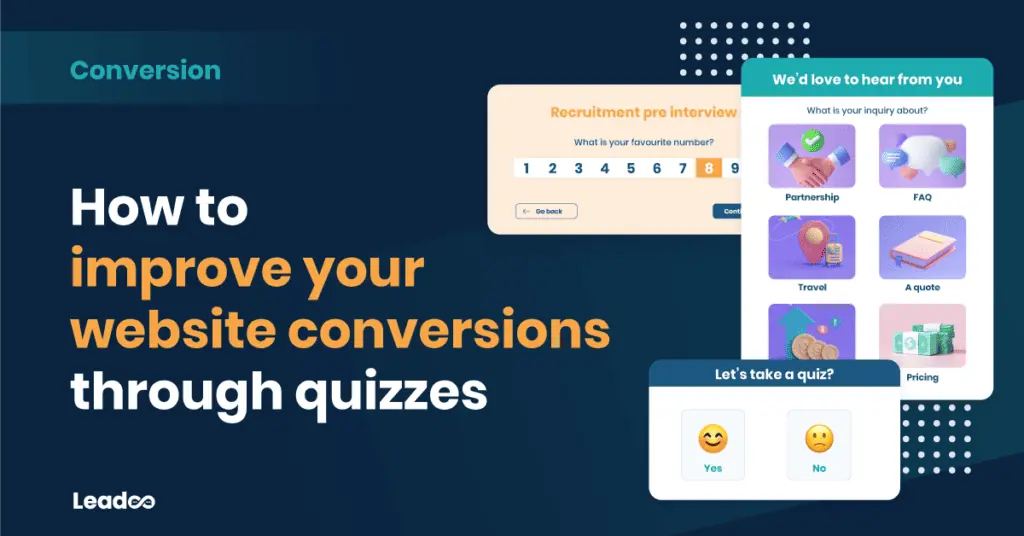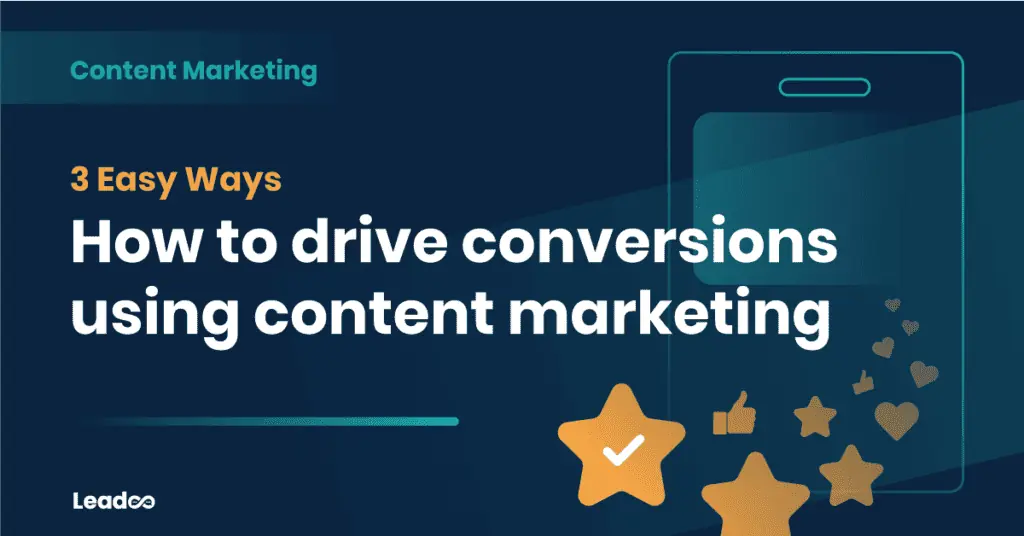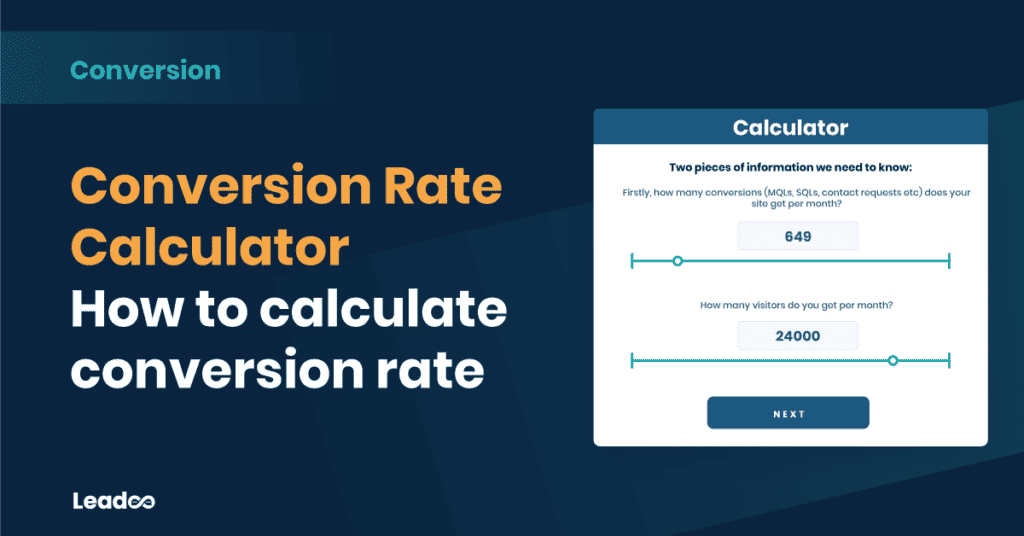Do you actually know what your customer journey looks like for the average person visiting your site? Do you have visibility over who they are, when they visit, and how often, as well as which content and CTAs increase your conversion rate with these customers – or which ones don’t?
Perhaps this isn’t something you’ve ever thought you should, or could, measure. But oversight of these data points are becoming ever more important in a world where customers expect instant response, personalisation, and quick access to information.
If you’re among the many marketers or small business owners who either didn’t know this was a possibility, or possibly didn’t see the value in it, keep reading. We’re going to show you in this article why a solid analytics offering is an important consideration for all businesses to help provide you with a holistic view of your customers’ journey and their activity on your site.
The main problem: the customer journey isn’t linear
The customer journey isn’t linear. Customers in our world have access to tons of information, as well as access to international markets, meaning that in most scenarios, they have a reasonable amount of choice when they make a decision. The average person is exposed to 5000 adverts and messages a day – messages that can influence their buying behaviour, and another reason why it is really important for you to understand what each customers’ journey looks like.
A typical customer for even a B2C product, something from Amazon for example, usually has several touchpoints and might not purchase on the first visit to the site. They might have had intention, sure – but they might have spent that visit reading reviews, or checking out similar products across the site. And this is where the problem lies.
After all, we are humans, and we don’t ever tend to take the simplest path in life, and our purchasing decisions are varied and subject to change in their nature at short notice. The end point described above – the actual purchase – is what’s known as a hard conversion. A hard conversion is one in which a customer has taken a desired action. You can see your conversion rate for free via Google Analytics, or through many of the paid platforms such as SEMRush.
This is okay, if you’re only interested in the people converting at the end. Perhaps you’re a salesperson and are only interested in the hottest of hot leads. But, those other visitors, hiding in the shadows silently collecting information – they’re potential leads too. Maybe they downloaded a guide, or subscribed to your newsletter. Whatever it might be, those smaller interactions are known as soft conversions. Soft conversions are smaller actions that customers take that give us a good idea of their intent.
Soft conversions matter too
This needs a whole section of its own because soft conversions are so important. They map out your customers’ intentions and let you build a picture of what they’re looking for based on the interactions they’ve had with your site. Any analytics worth its salt needs to provide information on these because these are what gives you the best picture of your customers’ buying habits and purchasing intentions. Soft conversions provide us with the opportunity to understand, and be able to nurture, our prospects and encourage them towards making that final purchasing decision.
Soft conversions also mean we get a better overview of this zig-zag journey that most customers end up taking. We can see where in the funnel they are based on what they engage and interact with, and we can arm our sales teams with the information accordingly. A salesperson armed with knowledge is a formidable force indeed.
For example, if a salesperson can see that one particular visitor has read a few blogs on conversions, and then downloaded a guide to conversions – they can gather that this person is probably trying to learn about conversions and perhaps has a pain point linked to this. It’s an avenue for a conversation and the beginning of a discussion and nurturing process that can lead that unsure visitor to becoming a confident customer.
If you add bot solutions to the mix – tailored to the content of each page and the needs of each visitor – then you can qualify each visitor even further, allowing marketers to qualify leads based on intent and position in the funnel, so sales teams can approach at the right time, every time.
You can check out our article on Tools for measuring and increasing conversions for an overview of the features you have at your disposal to ensure this happens.
Also, if you use Google Analytics and are interested in visitor attribution – i.e. where the visitor originated in order to end up on your site – then you’re not going to get the most accurate information by looking at Google Analytics alone. GA only measures the final visit of a customer, the visit on which they converted, when looking at attribution. So, if that customer actually came through Facebook adverts, and then visited the site a few times before their final visit, you won’t see that. You can only see the final time, where they might have gone straight to the URL or visited via a quick Google search.
There are ways around this, if you’re incredibly intimate with the way attribution modelling works and have the time to play around with Google Analytics. We’ll bet most of you don’t, though, and this is where Leadoo’s Conversion Insights (and the expertise of our Conversion Experts) takes centre stage.
Hold my beer 🍺
Conversion Insights: a magical crystal ball to look at your website visitors with 🔮
Leadoo’s Conversion Insights is the one-stop dashboard for all things conversion-related. Your personalised dashboard allows you to see:
✅ How your website is performing from the conversion point of view
✅ Best converting pages on your website
✅ Which sources bring the best results. Easily compare different traffic channels to see which channels perform the best.
✅ What the buyer’s journey looks like.
✅ How many days on average does a typical customer journey last – the touch points it consists of, and interactions it requires.
✅ Attribution modelling of your website conversions so you know which traffic channels affect successful conversions throughout the buying journey and not only the last click
✅ Understand which channels are the most efficient in attracting new visitors, which ones are great for getting the visitors back, and which channels empower the final visit that leads to a conversion
✅ Specific types of conversions using filters, and analyse conversion insights and journeys using comprehensive data
With Conversion Insights you get a 360° picture of all your online marketing efforts and how each action is affecting your conversions so you can make proactive decisions in order to optimise your site and increase your conversions.
Conversion Insights solves the issue for marketers who are trying to steer their ship blind in the night in the darkest depths of winter – instead it shines a bright light on a huge range of data points and analysis for you to leverage. Additionally, it helps to organise your leads into an easy-to-use and interpret dashboard, making it easier for everybody within your organisation to understand what is happening with each.
Consider that Leadoo isn’t only for marketing – we help your sales teams hit their targets, and provide customer support functionality inside the platform. It’s an all-in-one solution for conversions, lead generation and lead handling, with an added sprinkle of excellent data and insights.
Who wouldn’t want a taste?




